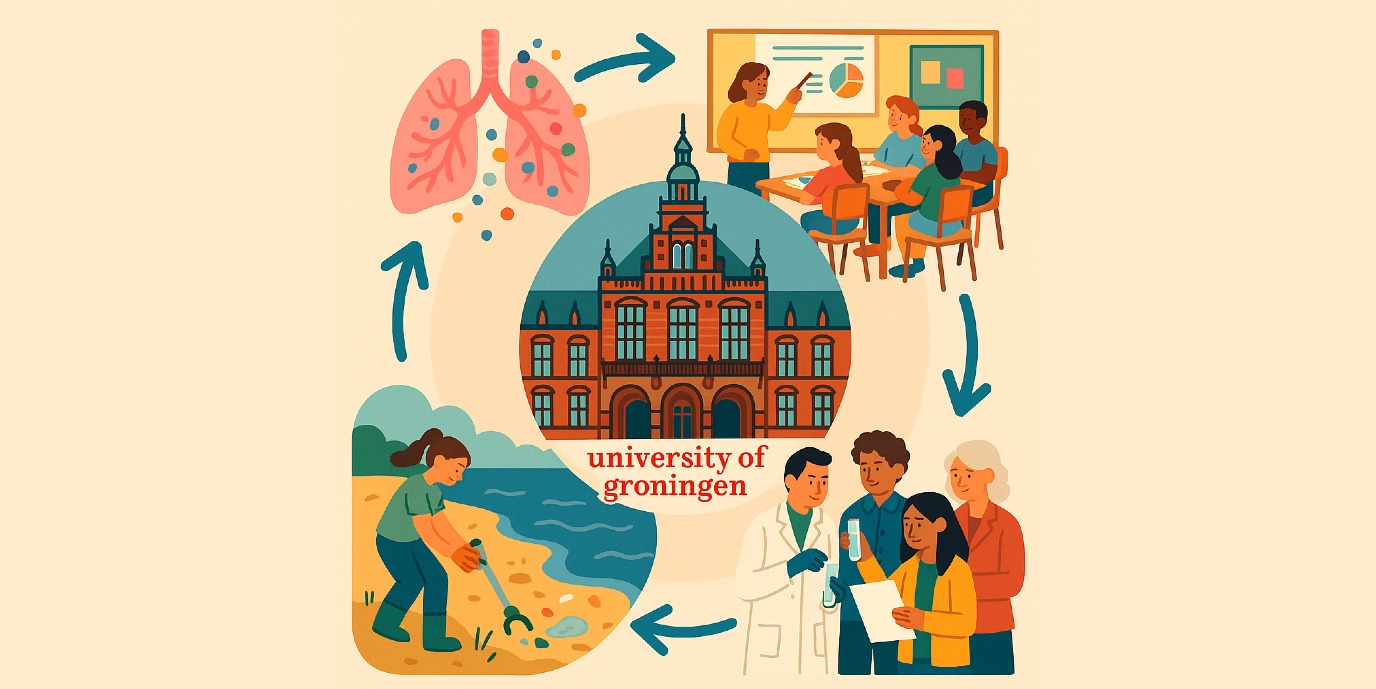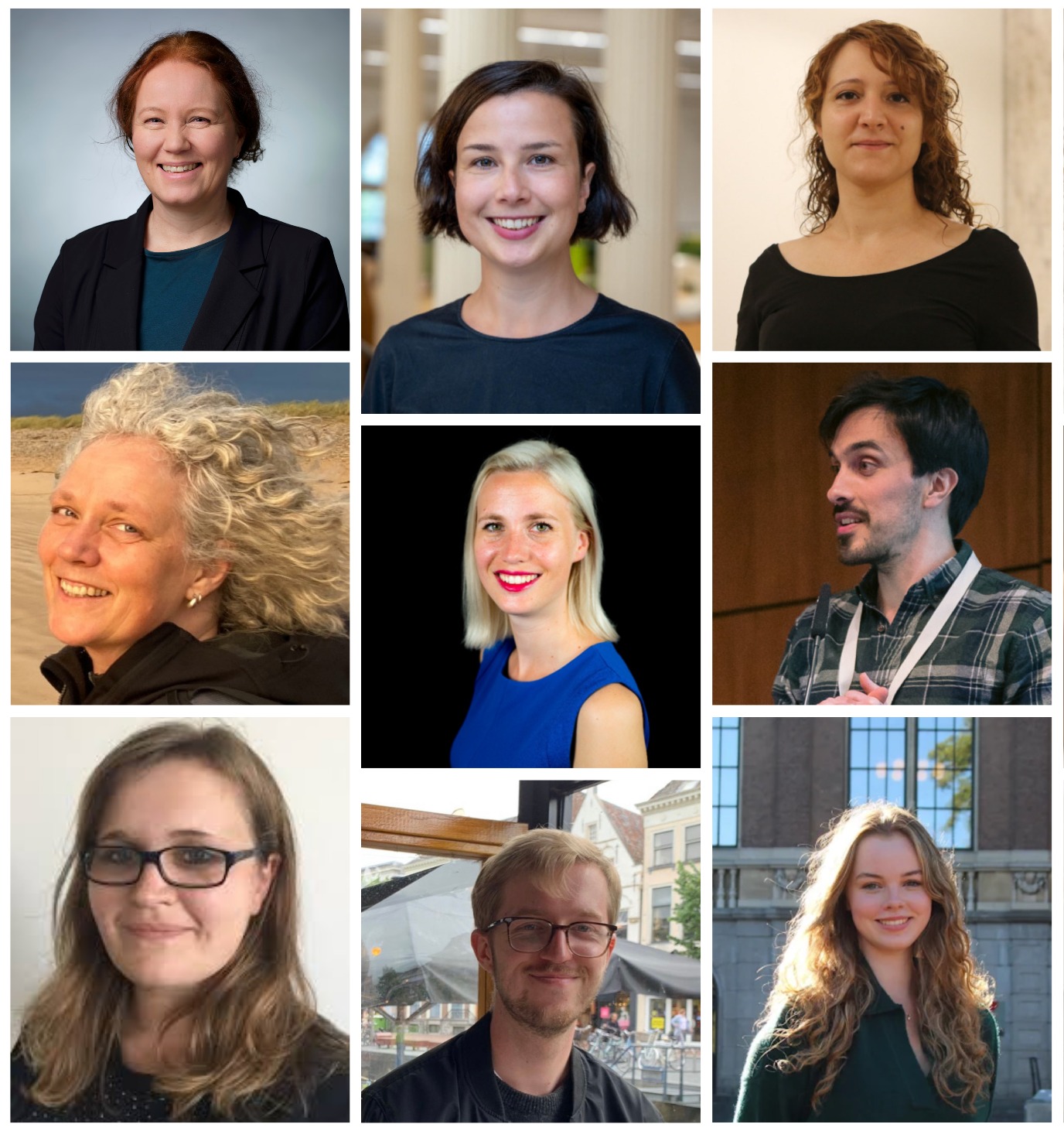PLASTIMPACT: A Project Tackling Plastic Pollution
What is the project about?
The PLASTIMPACT project brings together seven ENLIGHT universities (Basque Country, Bordeaux, Ghent, Groningen, Galway, Bern and Tartu) to address the environmental and health impacts of plastic pollution from a Planetary Health perspective. Its main outputs include two summer schools, a trans-and interdisciplinary symposium, and a citizen science program involving schools and local communities in monitoring macro- and microplastics. The project fosters collaboration between researchers, citizens, and stakeholders to raise awareness and co-develop strategies for reducing plastic pollution.
Why this project?
Plastic pollution is a global problem that requires an interdisciplinary approach and strong collaboration between academic and societal partners. We chose this project because it includes not just researchers but also citizens, NGOs, educators, and policymakers. There is currently no European consortium that combines research on plastic and health impacts with large-scale societal outreach and communication, and this project fills that gap.

Why is this collaboration important?
International collaboration allows us to combine complementary expertise across disciplines and regions, offering a more holistic understanding of plastic pollution and its impacts on health and the environment. By working together, we gain access to diverse research methods, educational approaches, and stakeholder networks. We hope to learn from each other’s best practices in outreach and citizen science and to co-create strategies that are relevant across cultural and geographic contexts. This collaboration strengthens our collective impact and builds lasting connections beyond the project itself.
The collaboration began when Barbro Melgert met Irene Maltagliati during a public lecture on the health effects of inhalable microplastics organized by the Green Office of the RUG. Maltagliati, working with Josefine Geiger, expressed interest, and the three began collaborating on outreach, including developing a serious game to educate the public about microplastics. These outreach activities not only connected us with the public but also sparked new interdisciplinary partnerships. Inspired, we explored the ENLIGHT grants and reached out to additional partners in Belgium and Switzerland and finally merged with another, similar initiative from the Basque Country led by Miren Cajaraville Bereciartua—forming the diverse and motivated consortium we have today.
"Together, these efforts reinforce our mission to connect science, education, and society in tackling plastic-related challenges."
What is the expected impact of the project?
The PLASTIMPACT project strengthens the University of Groningen’s role as a frontrunner in interdisciplinary planetary health research and science communication. It provides unique opportunities for students and researchers to engage in international collaboration, citizen science, and education on a pressing global issue. The project also enhances our outreach capacity by connecting the university with societal stakeholders, schools, and NGOs across Europe. Ultimately, it helps position the university as a key contributor to solutions for plastic pollution and planetary health.
This project builds on and complements several ongoing initiatives, including the Dutch ZonMW-funded consortia MOMENTUM, Microplastics and Citizens, and the Microplastics and Lung Cancer. It also aligns with our outreach work through the EU-funded European Researchers’ Night, the University of Groningen’s Scholierenacademie and its lesson package on microplastics, and the public engagement project Wad gaat om, which aims to protect the Wadden Sea from plastic pollution.
What are the future directions of the project?
We aim to expand the PLASTIMPACT network into a long-term European platform for interdisciplinary research, education, and citizen engagement on plastic pollution and health. Future directions include applying for larger EU grants to support joint research, developing follow-up summer schools and citizen science programs, and deepening collaborations with stakeholders across sectors. We also plan to co-create educational tools and outreach materials tailored for different age groups and regions, ensuring lasting impact and continued dialogue between science and society.

The UG Team
-
Dr Barbro N. Melgert, professor of Respiratory Immunology, https://www.rug.nl/staff/b.n.melgert/?lang=en
-
Dr Josefine Geiger, assistant professor Social and Environmental Psychology, https://www.rug.nl/staff/j.l.geiger/?lang=nl
-
Irene Maltagliati, Research & Impact Officer, Health and Environmental Psychology & Communication, https://www.rug.nl/staff/i.maltagliati/
-
Dr Janina Wildfeuer, assistant professor Communication Science, https://www.rug.nl/staff/j.wildfeuer/research?lang=nl
-
Dr João de Sousa Graça, assistant professor Psychology & Communication, https://www.rug.nl/staff/joao.graca/?lang=nl
-
Dr Karin de Boer, Beta Science Shop & marine biologist; senior lecturer, https://www.rug.nl/staff/m.k.de.boer/
-
Dr Marieke Wieringa, postdoc Communication Science, https://www.rug.nl/staff/m.s.wieringa/research
-
Kasper van Haastregt, student assistant Communication Science
-
Suzanne Steneker, student assistant Communication Science
Interested in this project? Check out the 'Unpacking Plastic' Symposium taking place on May 20th!
| Last modified: | 16 May 2025 08.31 a.m. |
More news
-
04 July 2025
University of Groningen awards various prizes during Ceremony of Merits
The UG awarded different prizes to excellent researchers and students during the Ceremony of Merits on 4 July 2025.
-
02 July 2025
Relinde Weil reappointed as a member of the Supervisory Board UG
The Minister of Education has reappointed Relinde Weil for a second term as a member of the Supervisory Board of the University of Groningen.
